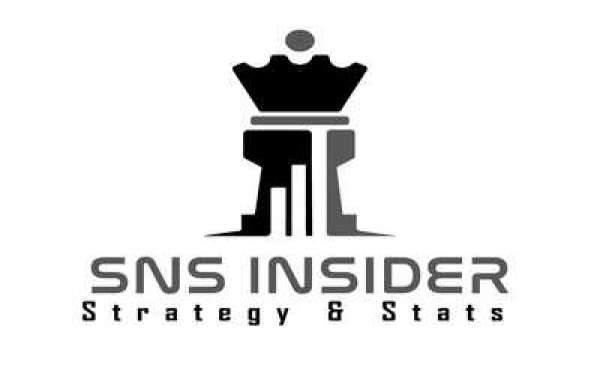Algorithmic Trading: An Overview
Algorithmic trading has become increasingly popular in recent years, with advancements in technology and the availability of data making it more accessible to a wider range of investors. Algorithmic trading, also known as algo trading, is the process of using computer programs or algorithms to execute trades in financial markets. By using algorithms to automate the trading process, traders can improve execution speed, reduce costs and increase trading volumes.
The basics of algorithmic trading involve creating specific algorithms or rules that enable investors to execute trades automatically. These algorithms typically take into account a wide range of variables, such as market conditions, economic indicators, and news events. By analyzing this data, algorithms can make predictions about market behavior and use this information to execute trades.
Request To Free Sample of This Strategic Report:
https://www.marketresearchfuture.com/sample_request/10847
One of the key advantages of algorithmic trading is its ability to process and analyze vast amounts of data in real-time. This data can include news feeds, social media, and market data, which allow algorithms to respond quickly to new information, trends and market shifts.
There are different types of algorithmic trading strategies that traders can use depending on their investment goals, risk tolerance, and trading preferences. Some of these strategies include trend-following, mean-reversion, statistical arbitrage, and high-frequency trading (HFT).
Trend-following algorithms are designed to identify trends in the market and make trades in the direction of that trend. Mean-reversion algorithms, on the other hand, are based on the idea that prices tend to revert to their long-term averages after short-term fluctuations. Statistical arbitrage strategies involve identifying mispricings in the market and using them to generate profits.
High-frequency trading (HFT) is a type of algorithmic trading that relies on speed and latency to generate profits. HFT algorithms can execute trades in microseconds, allowing traders to take advantage of small price discrepancies in the market. This type of trading has become increasingly popular in recent years, and has been the subject of much debate around its impact on market stability and fairness.
Despite its many advantages, algorithmic trading also has its challenges and risks. One of the major risks associated with algorithmic trading is the potential for system failure or error, which could result in significant losses. Additionally, algorithmic trading can exacerbate market volatility, particularly in situations where multiple algorithms are responding to the same data or news event.
Get Complete Report Details!!
https://www.marketresearchfuture.com/reports/algorithmic-trading-market-10847
In conclusion, algorithmic trading has transformed the financial markets and become an essential tool for traders and investors alike. The ability to process vast amounts of data in real-time has enabled traders to uncover new insights and opportunities







